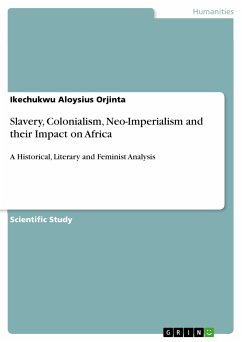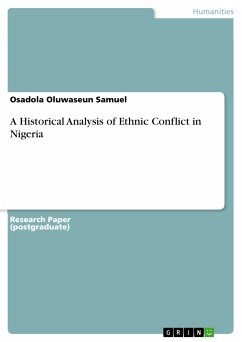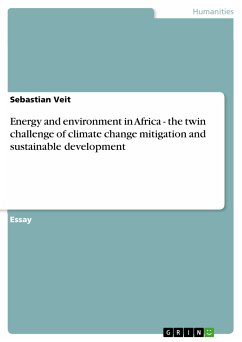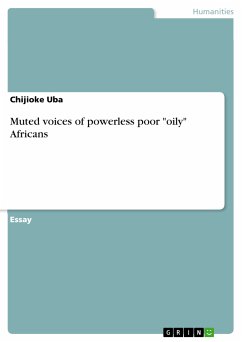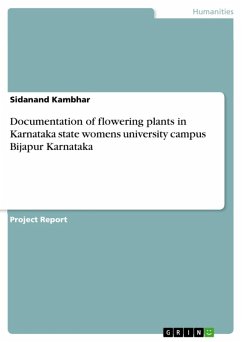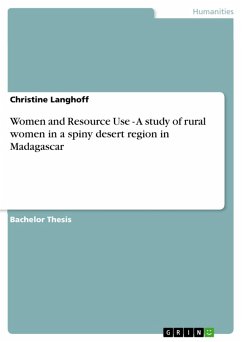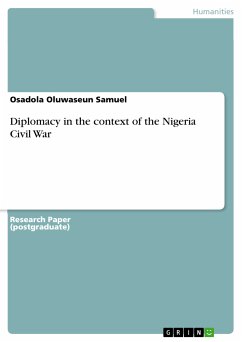Scientific Study from the year 2011 in the subject African Studies - Culture and Applied Geography, , language: English, abstract: Slavery, Colonialism and neo-colonialism have been described as the tripartite crime against Africa. A crime attributable to the Euro-Americans. Two nations laid the foundation of what later became the Trans-Atlantic slave trade. These were Portugal and Spain.The voyage of discovery reached Black Africa in 1445, when Dinis Dias and Lanzarote de Freitas anchored their fleets at the mouth of the Senegal River, and reconnoitered some of the Cape Verde islands. The remaining parts of the Archipelago was discovered jointly by the Venetian Alvise de Cadamosto (1430-1480), Antonio Uso Mare from Genoa. There were no further discoveries until the death of Henry the Navigator in 1460. As at this period the local chiefs were already into the lucrative slave trade. Pedro de Cintas in 1462 discovered the coasts of Guinea, the Bissagos Islands, Sierra Leone and Liberia. Fernando Po and Lopez Gonzalves navigated Fernando Po and Sao Tome Islands. Vasco Da Gama came on stage between 1460-1524, got through Cape Verde and rounded the Cape of Good Hope (20th march 1499). Thus, the routes to the Indies were opened. Diego Dias took another flank, reaching Madagascar (1500), Ascension Island (1501) and Islands of St. Helena (1502). With these breath-taking voyages of discovery it became possible to cross the Atlantic directly without passing through the harsh West African Coast. The Mediterranean had always been the centre of attraction. It united North Africa and Europe. When it fell into the hands of Islam, Europe, particularly Portugal and Spain sought for alternative routes. Islam could not match the Christian nations in the mastery of the sea in quest of economic prosperity. It therefore took the Portuguese nearly 100 years (1415-1498) to reconnoiter the precise circumference of Africa. In this way trans-Atlantic trade replaced Trans Saharan trade. Reason being that on the other side of the Atlantic, Christopher Columbus had in 1492 set foot on the new world. Lands that prove very suitable for sugar, cotton, tobacco, and indigo plantations.
Dieser Download kann aus rechtlichen Gründen nur mit Rechnungsadresse in A, B, BG, CY, CZ, D, DK, EW, E, FIN, F, GR, HR, H, IRL, I, LT, L, LR, M, NL, PL, P, R, S, SLO, SK ausgeliefert werden.

